Click to Chat
I'm online now.
Fhopepack Innovation
The Coil Upender 20T offers a reliable way to safely rotate and position coils weighing up to 20 tons. Engineered for durability and precision, it streamlines heavy-duty operations, minimizing risks and enhancing productivity. This versatile machine is an essential tool for industries requiring efficient and secure coil handling.
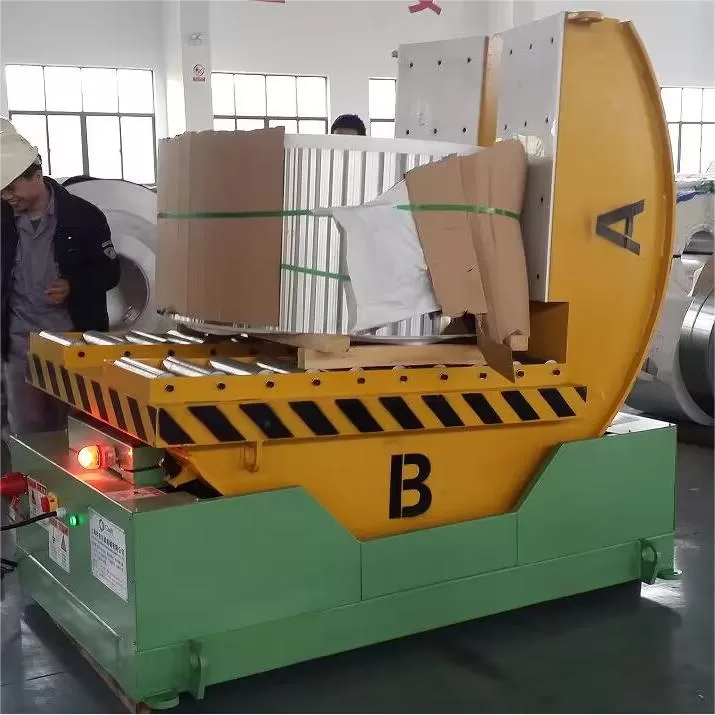
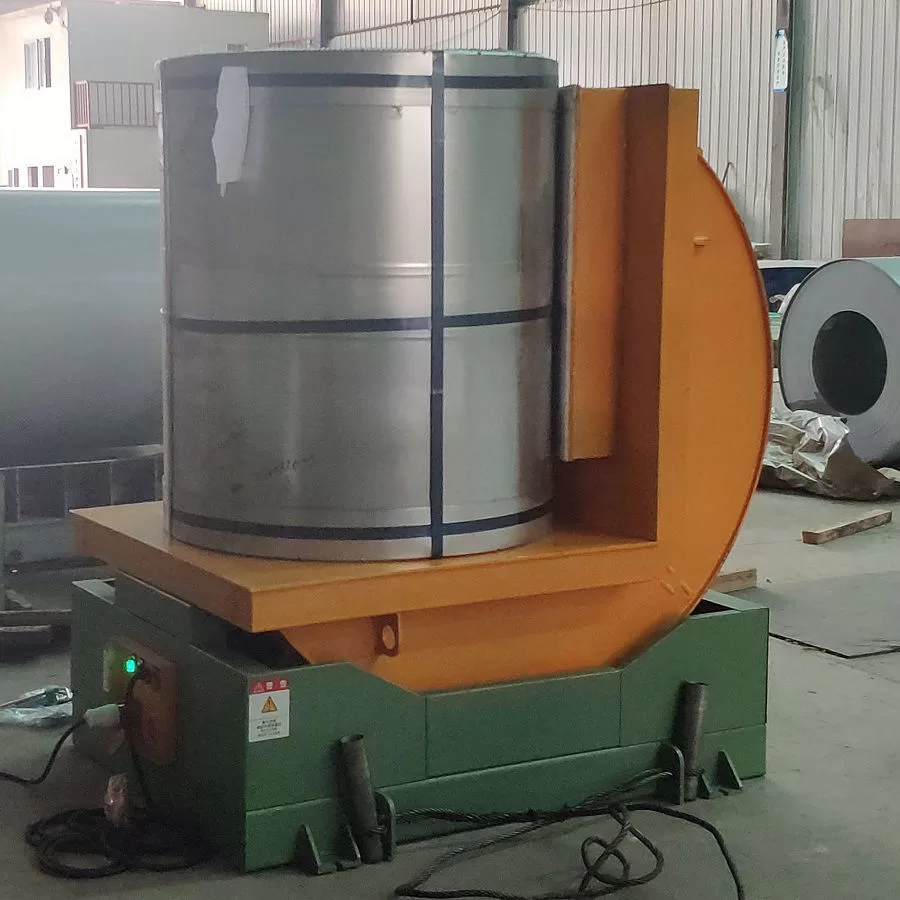

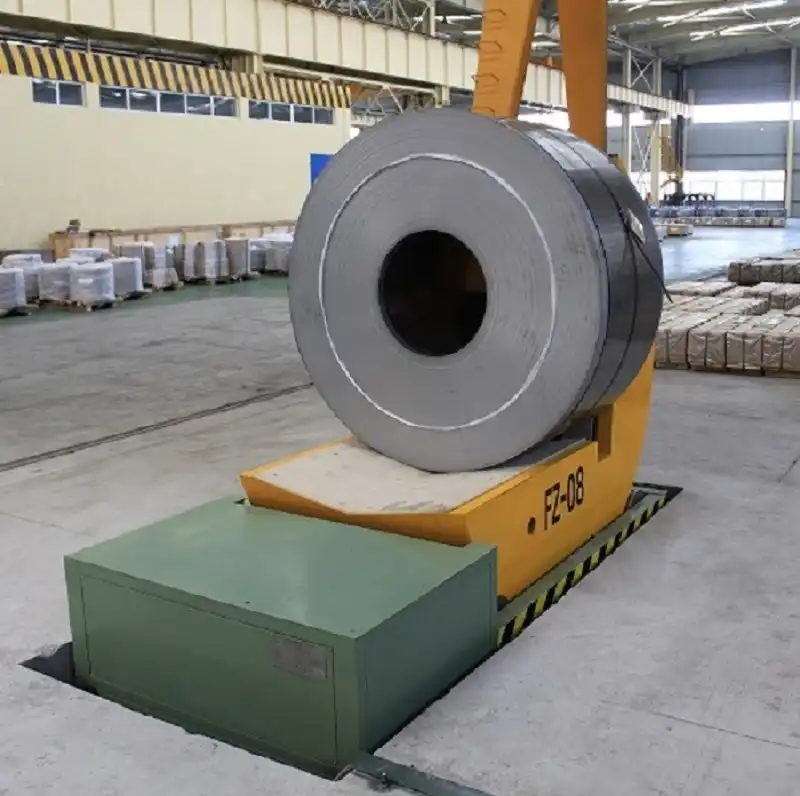
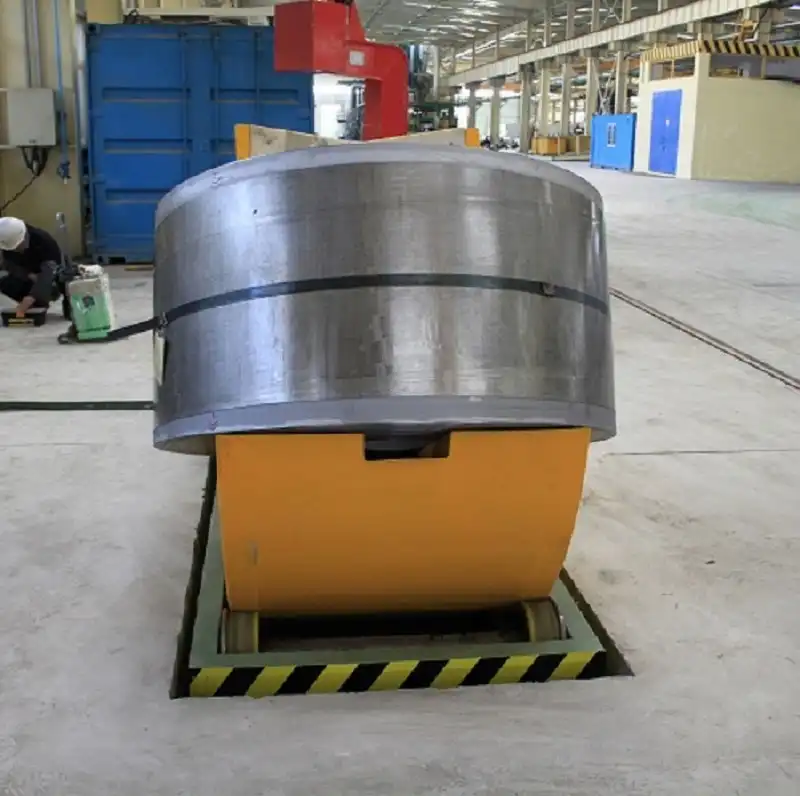
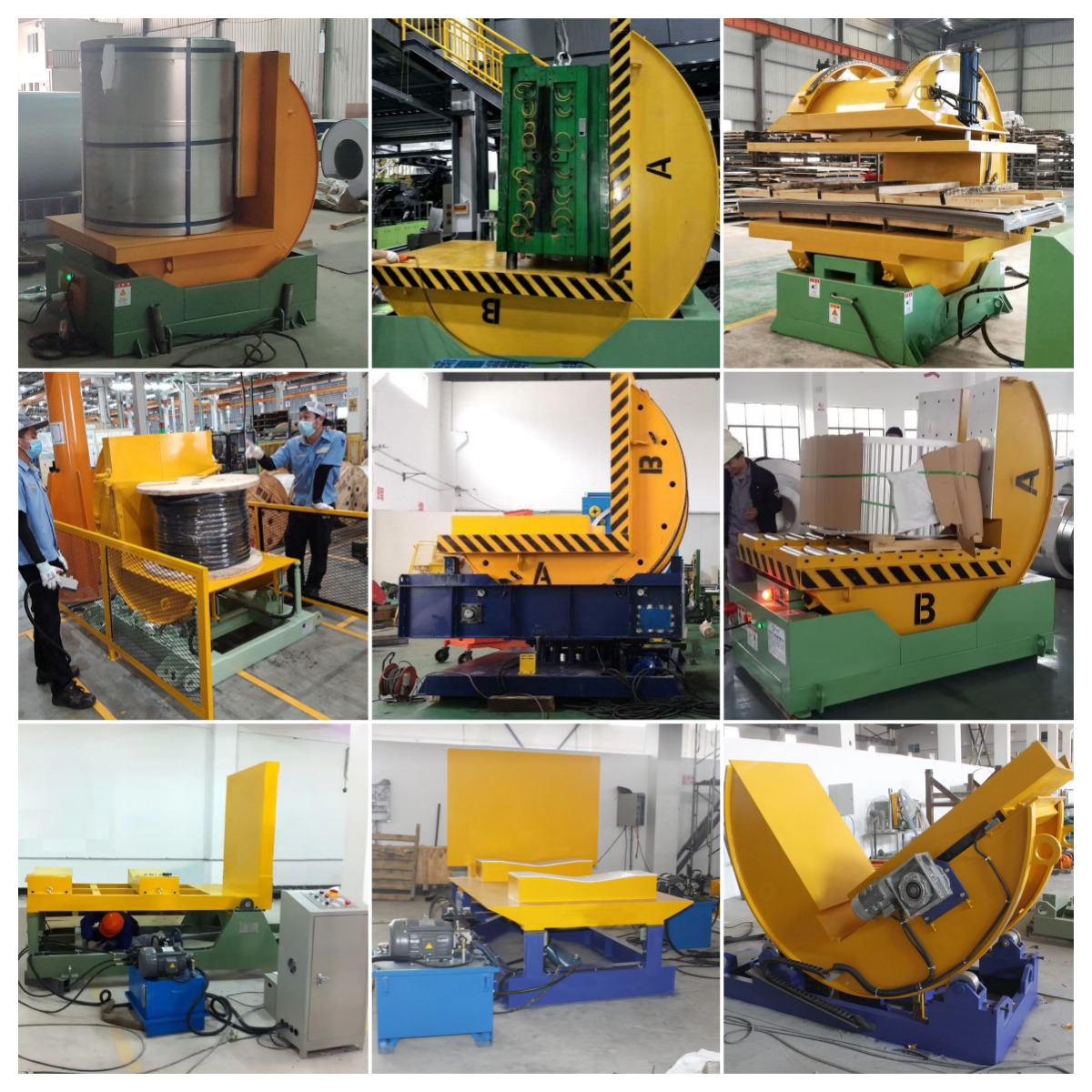
Coil transportation is a critical stage in the steel manufacturing process, where the risk of damage can compromise product quality and operational efficiency. Coil upenders address these challenges by offering precision handling, reducing human error, and automating quality control processes. These machines ensure stability during transport, safeguard operators, and enhance overall safety with advanced features like anti-slip platforms and precision alignment systems.
Customizable coil upenders further elevate operational efficiency by accommodating diverse coil types and adapting to evolving business needs. In the long term, they minimize transport-related damages, boost customer satisfaction, and reduce operational costs, making them a cost-effective solution. Investing in coil upenders not only ensures the safe transport of materials but also reinforces a company's reputation for reliability and quality in competitive markets.
| Machine | FPCT-02 | FPCT-05 | FPCT-10 | FPCT-20 | FPCT-30 | FPCT-50 |
|
Power Supply (V/Hz) |
Per requirement |
|||||
|
Power (Kw) |
1.5 | 1.5 | 3.2 | 4.5 | 6.5 | 11.5 |
|
Max. Loading (T) |
2 | 5 | 10 | 20 | 30 | 50 |
|
Table size (mm) |
Per Coil size | |||||
|
Speed (sec) |
50-70 | 50-80 | 60-90 | 60-90 | 60-90 | 60-100 |
|
Machine Weight (T) |
2.0 | 2.5 | 3.0 | 3.5 | 4.0 | 4.5 |
|
Machine size (mm) |
Designed Per Load size | |||||
| Warrantee | 2 years | |||||
Coil transportation is one of the most sensitive stages in the steel manufacturing process. Without proper handling, the risk of damage to these heavy and often delicate materials can escalate quickly. The introduction of coil upenders has transformed this landscape, offering a safer, more efficient way to manage these challenges.
Transporting coils without damage is critical for maintaining the quality of products and ensuring the smooth functioning of supply chains. How do coil upenders fit into this picture? Let’s delve into their role in mitigating risks.
Efficient handling systems such as coil upenders are designed to safeguard materials, minimize risks, and streamline operations. By investing in these machines, businesses can enhance operational efficiency while protecting their bottom line.

Handling steel coils without damaging them requires more than just manpower—it demands precision. Coil upenders provide an automated solution that eliminates manual handling risks while ensuring accurate movements. By flipping coils securely, they align the material for transport or storage in a stable position.
One of the leading causes of coil damage during transport is human error. With traditional handling methods, improper alignment or movement can lead to bent edges, surface scratches, or even catastrophic falls. Coil upenders mitigate this by standardizing the flipping and aligning processes, reducing the margin of error significantly.
By automating the upending process, businesses can focus on maintaining the quality of their products. Coil upenders help prevent damages that often go unnoticed during manual handling. This improved quality control ultimately translates into better client satisfaction and fewer return shipments.
Stability is crucial when transporting heavy steel coils, as even slight displacements can lead to damage. Coil upenders secure the coils in optimal orientations, ensuring they remain stable throughout the journey. This eliminates the need for additional restraints and minimizes the chances of mishaps during transport.
Beyond material protection, coil upenders also enhance workplace safety. By reducing manual interaction with the coils, these machines protect operators from potential accidents caused by heavy lifting or coil instability. The built-in safety features of coil upenders further safeguard both personnel and equipment.
Modern coil upenders are equipped with advanced mechanisms such as anti-slip platforms and precision alignment systems. These designs not only ensure the safety of the coils but also minimize operational downtime caused by equipment failures or accidents.
No two operations are the same, and neither are the demands placed on equipment. Customizable coil upenders allow businesses to modify features such as load capacity, rotation speed, and safety mechanisms to meet their unique requirements. This flexibility ensures maximum efficiency and compatibility with existing workflows.
Steel coils vary in size, weight, and material properties, necessitating equipment that can adapt to these variations. Customizable coil upenders accommodate a wide range of coil specifications, ensuring seamless handling regardless of the material or dimensions. This versatility minimizes the need for additional equipment.
Investing in customizable solutions ensures that coil upenders can grow alongside your business. As operational demands evolve, these machines can be upgraded or adjusted, eliminating the need for costly replacements. This adaptability makes them a cost-effective solution for long-term use.
Repeated incidents of coil damage during transport can lead to significant financial losses and operational delays. By securing coils in stable orientations, coil upenders drastically reduce the risk of such damages, improving the overall reliability of supply chains.
A damaged product not only leads to direct losses but can also tarnish a company’s reputation. Coil upenders ensure that products reach their destinations in pristine condition, boosting customer trust and satisfaction. This reliability is often a key differentiator in competitive markets.
While the initial investment in a coil upender might seem significant, the long-term savings make it worthwhile. Reduced product damage, fewer insurance claims, and lower labor costs combine to deliver substantial savings. Moreover, the extended lifespan of these machines ensures a high return on investment.
The transportation of steel coils poses significant challenges, but coil upenders provide an effective solution to mitigate risks. Their precision, safety features, and adaptability make them indispensable in modern supply chains. By ensuring the safe handling and transport of coils, these machines protect both the quality of the product and the reputation of the company.
[Claim] Coil upenders are a critical investment for any business seeking to optimize operations and minimize risks in coil handling and transportation.
I'm online now.